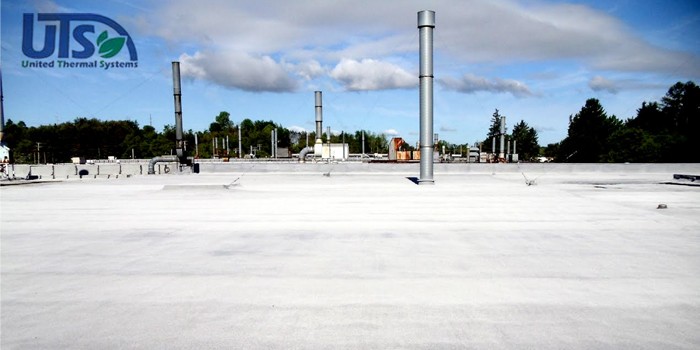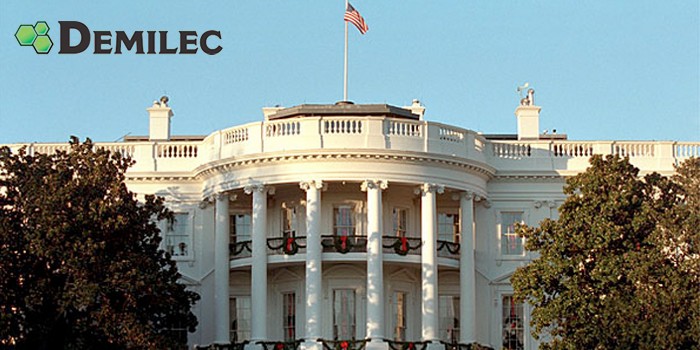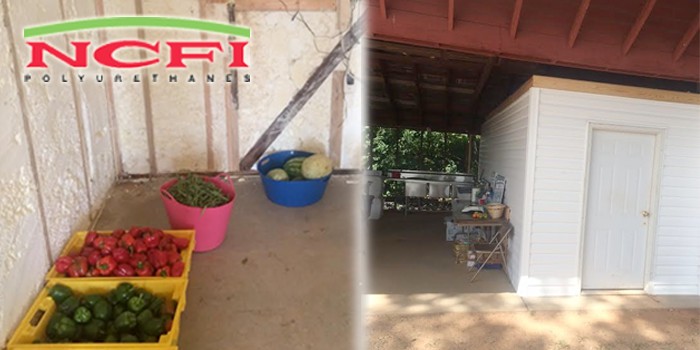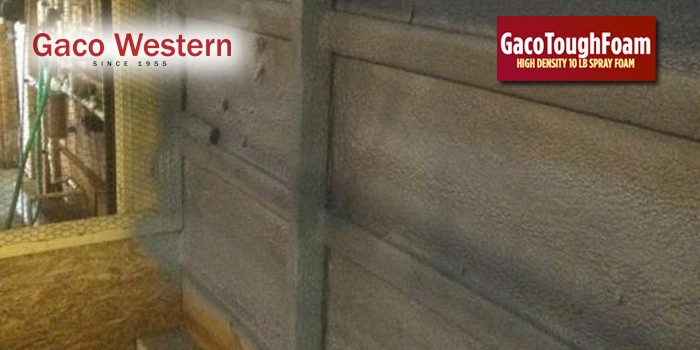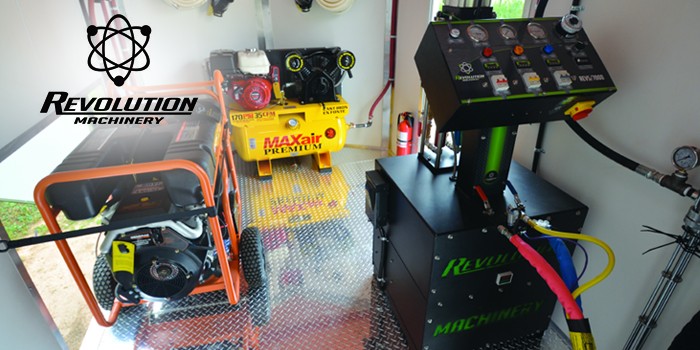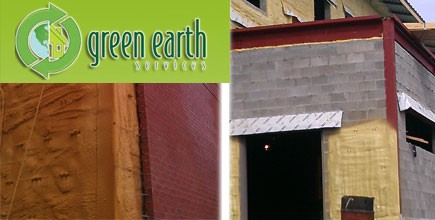
Elementary School Opts For Closed-Cell Foam Insulation For New Additions
CARROLLTON, GA – January 22, 2013 – With more and more schools trying to save money by cutting energy costs, which account for a large percentage of their expenses, many are opting for spray foam insulation to help keep their buildings more efficient. Sand Hill Elementary School opted for spray foam insulation when constructing two new additions at the facility, one of which is a large gym. Green Earth Services, a spray foam contractor well versed in this type of application, was brought on board to apply closed-cell spray foam to the exterior of the structures' CMU (concrete masonry unit) walls. CMU walls are often ideal for buildings such as schools and high-traffic public facilities. Scott Youmans, President and co-owner of Green Earth Services along with Jeff Winburn, helped paint a picture of how the application process is done.
"If you were making a sandwich," he said, "one piece of bread would be the wall, the other piece of bread would be the bricks, and the spray foam would be the meat in the middle."
Green Earth has applied nearly 500,000 ft. of spray foam at different schools throughout their service area. Youmans believes spray foam insulation is a wise investment that will reduce heating and cooling expenses for the school.
"It's better, more energy efficient, and green," he said. "Spray foam is a new and improved way to take care of your building because you can get it all in one. It saves money because you don't need damp-proofing like you would with alternative insulation. It functions better, so it's a win-win. General contractors who are trying to make a difference are using spray foam."
Other types of insulation would require fixing rigid foam boards over brick ties that protrude from the concrete. Holes need to be made in the boards to accommodate the brick ties protruding from the concrete. Tape is then used to seal the board seams. According to Youmans, this process defeats the purpose of using the boards as an air/moisture barrier.
"Where is it sealed once you put the hole in it?" he said. "That's what I never understood. The insulation is there as an air/moisture barrier. When you put a hole in it, it defeats the purpose. There are hundreds and thousands of holes in these buildings. When I leave, the spray foam insulation is all in one piece – no holes."
The two new additions are located behind the existing school building, which was built in the 1960s. Green Earth applied spray foam to the smaller addition first because the larger addition, which is the school's gym, was in the process of being completed.
Green Earth employed a Graco's Reactor E-30i for this project, which the company had purchased over the summer. Crewmembers sprayed 1.5 inches of Foametix FX 245 2 lb. closed-cell spray foam to the exterior of the additions' CMU walls. This allowed the brick ties, which were 2.5 inches long, to protrude about an inch from the foam insulation. Once the application process was complete, the bricks would be affixed over the foam through the hooks in the protruding brick ties, which would ultimately hold them in place.
Since closed-cell foam does not expand as much as open-cell does, it could be applied continuously, without stopping for curing time in-between passes.
In order to reach the spray areas, which totaled nearly 29,000 sq. ft. for both buildings, Green Earth employed a 40-ft. boom lift that was fitted with a plastic cage created to help eliminate overspray. Youmans stressed that Green Earth is very careful about overspray protection.
"We don't take any chances," he said. "We won't spray if the winds are over 20 mph."
Crewmembers wore respirators and a safety harness during the application as is common practice for Green Earth.
Green Earth began the project in November 2012 and plans to complete it in January of this year. The job took longer than usual due to a 30-day waiting period while the gym was being constructed.
The majority of the project only required two crewmembers and one rig. However, up to four crewmembers and two rigs were present at the site on some of the days.
Green Earth's business is growing and the company is starting to get involved with other spray foam projects. Youmans said he is grateful to a number of people for the company's success, including David Vaughn and Ryan Hester, who work for Foametix and provide ongoing support for Green Earth Services.
"They're just good people," he said. "They're the reason why I'm here." Youmans also expressed gratitude to his customers. "I will never forget the people who gave us our first shot in the spray foam business."
About Green Earth Services: Green Earth is a licensed Foametix dealer and applicator based out of Lawrenceville, Georgia. They operate throughout Georgia and Greater Atlanta. For more information about Green Earth Services, please use the contact details and links provided below.
About Foametix: Foametix Spray Foam Insulation is a series of light density, polyurethane spray-applied foam insulation systems designed for residential and commercial/industrial building applications. Foametix superior insulation systems create an airtight barrier that conserves energy, blocks moisture, decreases noise and reduces the influx of outdoor pollutants and allergens. Foametix is energy smart insulation, which provides a healthier, more comfortable, more energy efficient indoor environment. Learn more at www.foametix.com.


